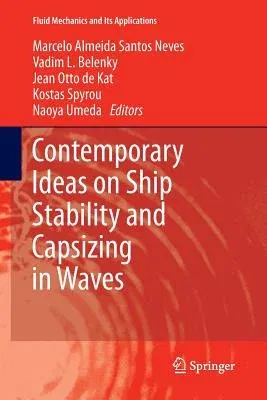Contemporary Ideas on Ship Stability and Capsizing in Waves (Softcover Reprint of the Original 1st 2011)Paperback - Softcover Reprint of the Original 1st 2011, 23 August 2016

Qty
1
Turbo
Ships in 2 - 3 days
In Stock
Free Delivery
Cash on Delivery
15 Days
Free Returns
Secure Checkout

Part of Series
Fluid Mechanics and Its Applications
Print Length
856 pages
Language
English
Publisher
Springer
Date Published
23 Aug 2016
ISBN-10
940177871X
ISBN-13
9789401778718
Description
Product Details
Book Edition:
Softcover Reprint of the Original 1st 2011
Book Format:
Paperback
Country of Origin:
NL
Date Published:
23 August 2016
Dimensions:
23.39 x
15.6 x
4.39 cm
ISBN-10:
940177871X
ISBN-13:
9789401778718
Language:
English
Location:
Dordrecht
Pages:
856
Publisher:
Weight:
1202.02 gm